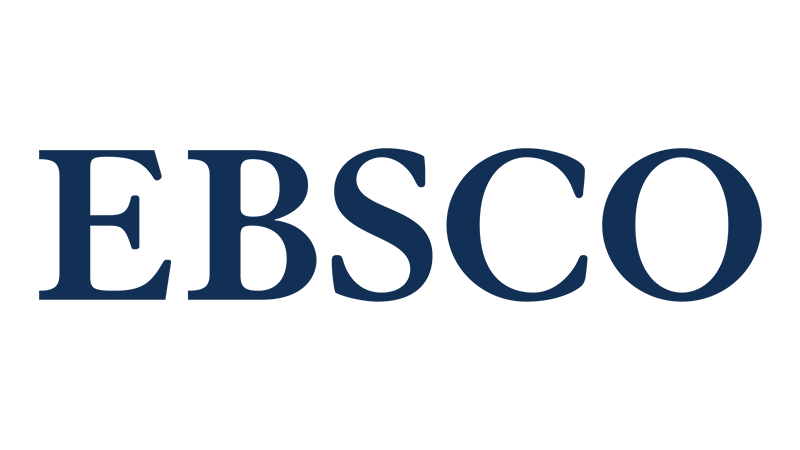
Abstract
Core inflation leads to erosion of purchasing power and distorts income distribution in favor of the rich and the creditors. Further, it aggravates poverty due to its regressive effect. By targeting core inflation, the Central Bank attempts to reduce poverty and improve income distribution. The Central Bank does and should target core inflation for the aforementioned objectives, hence it becomes necessary to identify if factors apart from monetary policy affect core inflation. This paper aims to identify the determinants of core inflation in Pakistan. This study is motivated by the lack of work done in identifying the determinants of core inflation in Pakistan. Using OLS analysis, we find that adaptive expectations, loans to private sector, real GDP growth rate and exchange rate all impact core inflation. Adaptive expectations are the largest contributor to core inflation.
Keywords
Inflation, Monetary policy, Regional economics
DOI
https://doi.org/10.54784/1990-6587.1313
Journal of Economic Literature Subject Codes
E31, E52
Creative Commons License

This work is licensed under a Creative Commons Attribution 4.0 International License.
Recommended Citation
Ali, M. G., Elahi, M. A., & Ahmed, Q. M. (2015). What lies at the core of core inflation? An empirical analysis to identify the determinants of core inflation in Pakistan. Business Review, 10(1), 47-60. Retrieved from https://doi.org/10.54784/1990-6587.1313
Included in
Growth and Development Commons, Income Distribution Commons, Macroeconomics Commons, Regional Economics Commons
Publication Stage
Published










